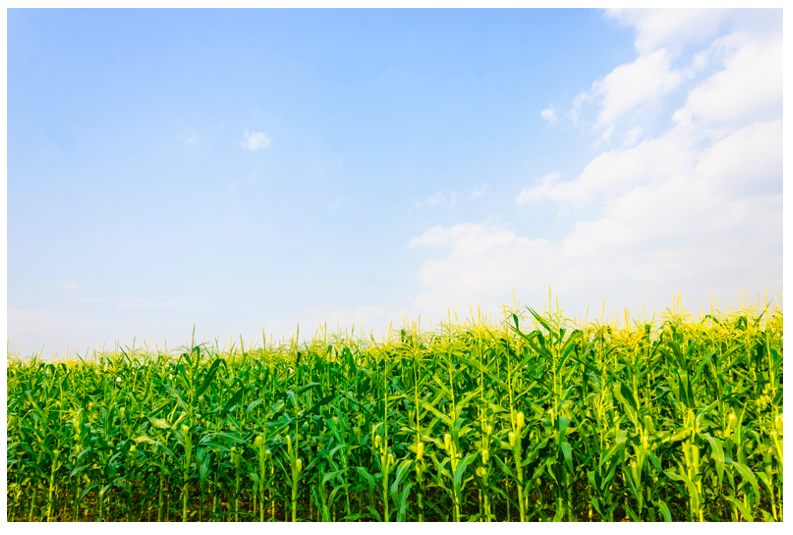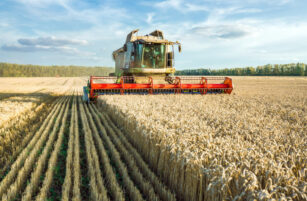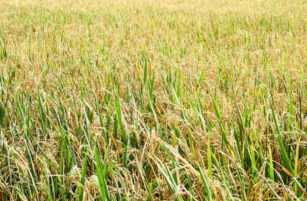Insight Focus
- Brazil’s fertiliser supply is not improving.
- President Bolsonaro visited Russia last week in attempt to secure supply.
- Meanwhile, volatility around the Ukrainian crisis should persist, supporting prices.
Nixal’s Forecast
- Our price forecast for 2021/22 (Sep/Oct) Chicago corn remains unchanged in a range of 5.3 to 5.8 USD/bu.
- There’s an upside bias to this forecast as dry weather continues to hinder South American crop development.
- The average price since the start of the new crop is running at 5.74 USD/bu.
Nixal’s Market Commentary
Grains had a flat week almost across the board in the US and Europe. European wheat was the only exception, closing the week positive as tensions around Ukraine escalated at the end of last week.
Brazil’s soybean harvest reached 25% completion last week, up 10% year-on-year.

Its first corn crop is 17.5% harvested, with safrinha planting at 31.5% completion. Despite the good progress, though, they weather remains a concern and the country’s soybean production forecast was cut again by several local agencies, and the USDA.
This saw the IGC lower its global corn production estimate by 4m tonnes (to 1.2b tonnes) thanks to lower yields in Brazil and Argentina.

On the wheat front, Russian exports continued to fall and are down 24% year-on-year.
The correction of the first half of the week sparked healthy tender activity signaling good demand and offering another reason for Friday’s rally.
France AgriMer released its first crop condition report of the year with 94% and 88% of the soft and hard wheat crops in good shape.
Elsewhere, Bayer reported supply disruption to glyphosate, a herbicide, last week. This is concerning as it’s one of the biggest producers globally, with its herbicides used by both soybean and corn producers.
So, we now key issues to focus on: herbicide nitrogen-based fertilizer availability. The concern around fertiliser supply is so big now that Brazil’s president Bolsonaro visited Russia and the Agricultural Minister visited Iran last week in an effort to secure supply.
Wrapping up, last week showed us the risk premium we have in wheat due to the crisis in Ukraine, which should be around 5-7 USD/mt, but nobody really knows how big or how small supply disruptions will be if there’s a war in Ukraine… We have to remember that Russia and Ukraine together are the world’s largest wheat exporters.
Besides the Ukrainian crisis, the big picture is that global grain stocks should fall by some 8m tonnes this season, with gains in corn unable to compensate for losses in wheat and soybean. With this in mind, high prices should remain. And, in the short term, volatility around the Ukrainian crisis should continue.
Other Insights That May Be of Interest…
La Niña and Fertiliser Crisis Still Concerning for Grains
Conflict Continues Between Key Grains Suppliers
The Russia and Ukraine Conflict is Bad News for Grains












